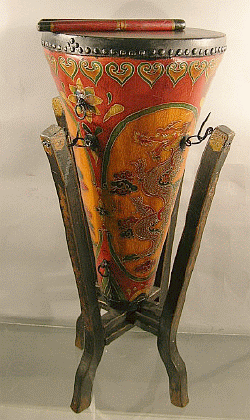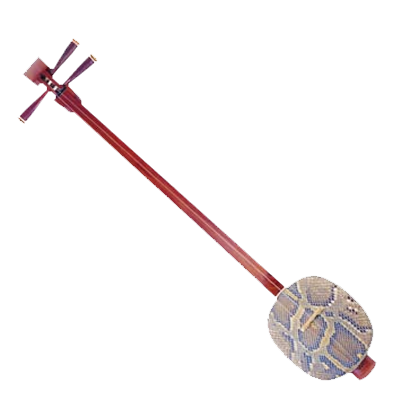Chinese music instruments
China has a rich musical history that dates back thousands of years. The Chinese musical tradition is characterized by a wide range of unique instruments,
Traditional Chinese musical instruments are divided into 8 categories: Silk, Bamboo, Wood, Stone, Metal, Clay, Gourd, Leather.
Below are some non-exhaustive examples that can give you a small overview of this complex way.
The history of Chinese musical instruments is a fascinating example of how tradition and innovation can coexist harmoniously.
Gu is a generic term for drums in China. Chinese drums vary widely in size and use, from small hand drums to large war drums. They are an integral part of traditional celebrations, dances, and ceremonies.
The Luo is a Chinese gong that is used to create powerful, resonant sounds. It is often used in traditional orchestras and celebrations to create a solemn or festive atmosphere.
Belonging to the “zither” family of string instruments. The qin has seven strings with a hollow wooden body that also serves as a fingerboard, and the fretboard is indicated by ivory buttons. The strings are plucked with the right hand, while the left hand uses glissando and harmonics techniques.
Sheng mouth organs were once played in court music orchestras; today they are typical of folk and minority repertoires. In the type used by the Han majority, the sheng has 17 pipes, of which 3 or 4 are mute.
A 4-string silk lute with a typical fruit shape, the instrument’s frets are almost all located in the body of the instrument. It could be played with plectrums or simply with the fingers.
A 3-stringed lute with a long neck and no fingerboard, allowing great freedom in intonation. The body is traditionally made of snakeskin stretched over a round or square sound box.
Instrument similar to the violin with two strings, played with a bow that cannot be separated from the instrument with a small sound box of different shape and size







